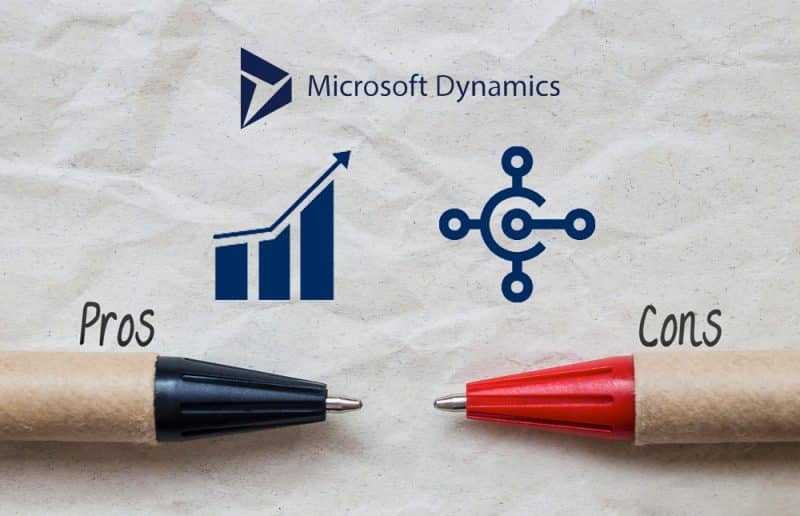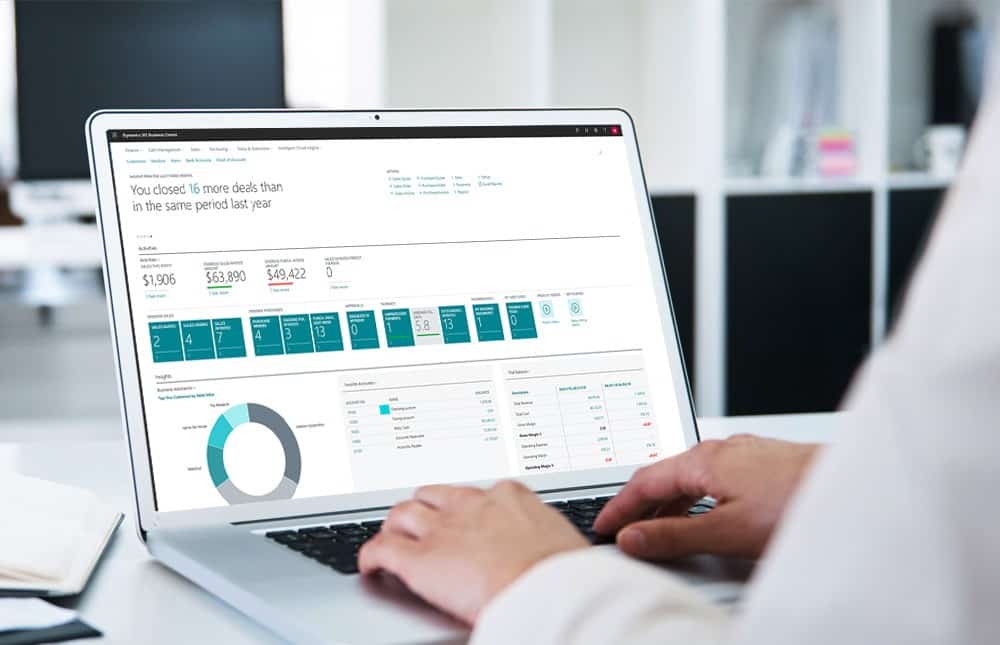Explore the history and future of Microsoft's Dynamics ERP systems including SL, GP, AX, and NAV, and learn about their evolution to cloud-based solutions.


Explore the history and future of Microsoft's Dynamics ERP systems including SL, GP, AX, and NAV, and learn about their evolution to cloud-based solutions.

Microsoft has ended perpetual licensing, pushing Dynamics NAV users towards cloud-based Dynamics 365. Learn why the shift benefits security, cost, and functionality in our latest blog.

Discover the evolution of Microsoft Dynamics NAV, its transformation into Dynamics 365, and its impact on modern ERP solutions.

Explore the pros and cons of upgrading from Dynamics NAV to Dynamics 365 Business Central and discover why the future of your business may depend on this crucial decision.

Discover the top 5 benefits of hybrid cloud disaster recovery for SMBs. Learn how to ensure data security, business continuity, and cost savings with hybrid cloud solutions.

How Power BI and OLAP Cubes transform data into actionable insights, improving business efficiency and decision-making. Discover their combined power for optimal performance.

Discover the key benefits of Cloud ERP, from cost-efficiency to enhanced security, and how it drives innovation in your business operations.

Discover Dynamics 365 Business Central licensing, pricing, and user options with our detailed guide. Learn about full and additional user licenses, pricing models, and more.

Explore a detailed comparison of SAP Business One and Microsoft Dynamics 365 Business Central to make an informed ERP choice for your business needs.

Compare Dynamics GP and Dynamics 365 Business Central to determine the best ERP solution for your business needs. Explore licensing, hosting, add-ons, functionality, and integrations.

Explore common SAP Business One table names and queries for business partners, accounts, items, and transactions.

Enhance your ERP system with Power BI for seamless data visualization and improved decision-making. Discover how this tool can transform your business insights and strategies.